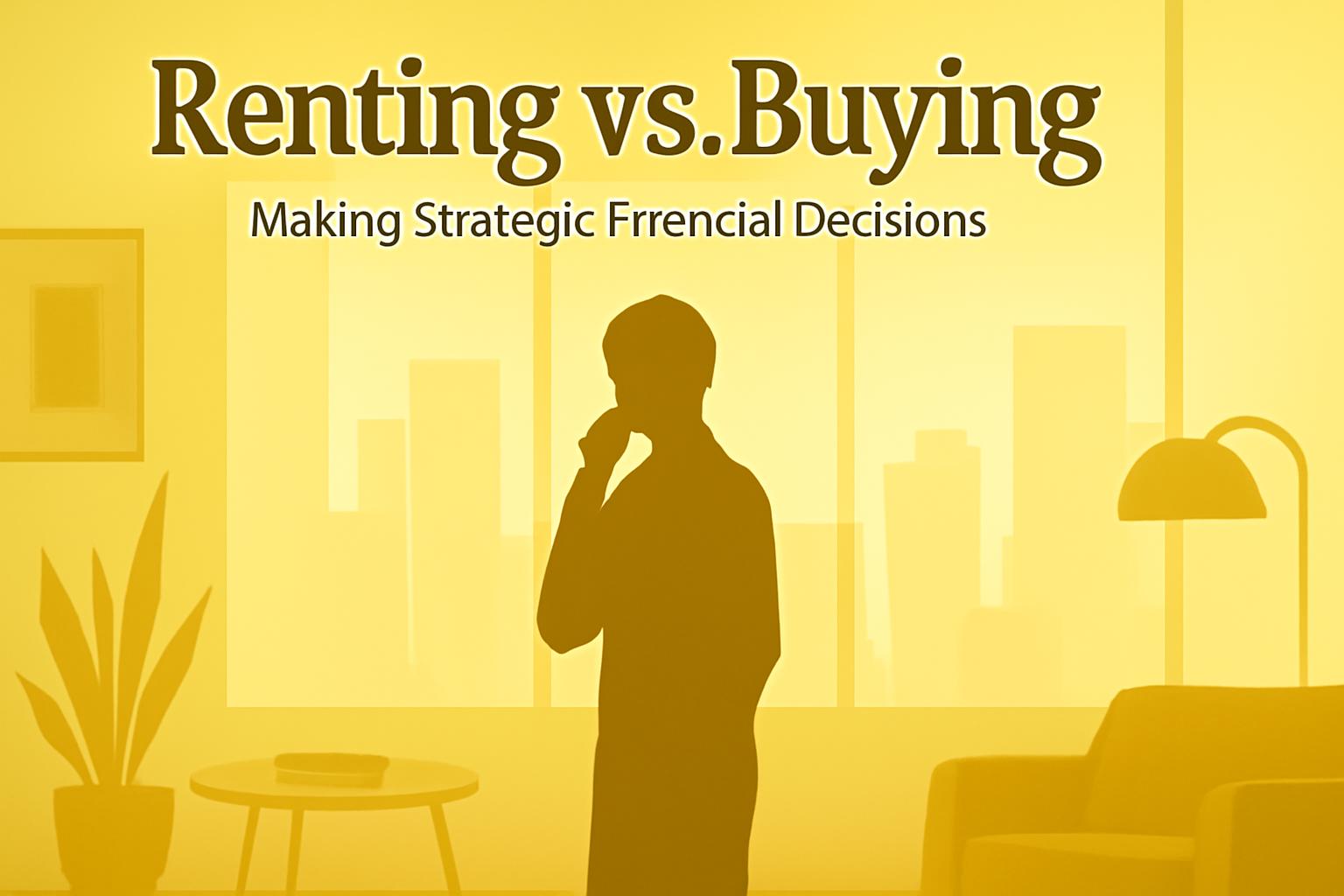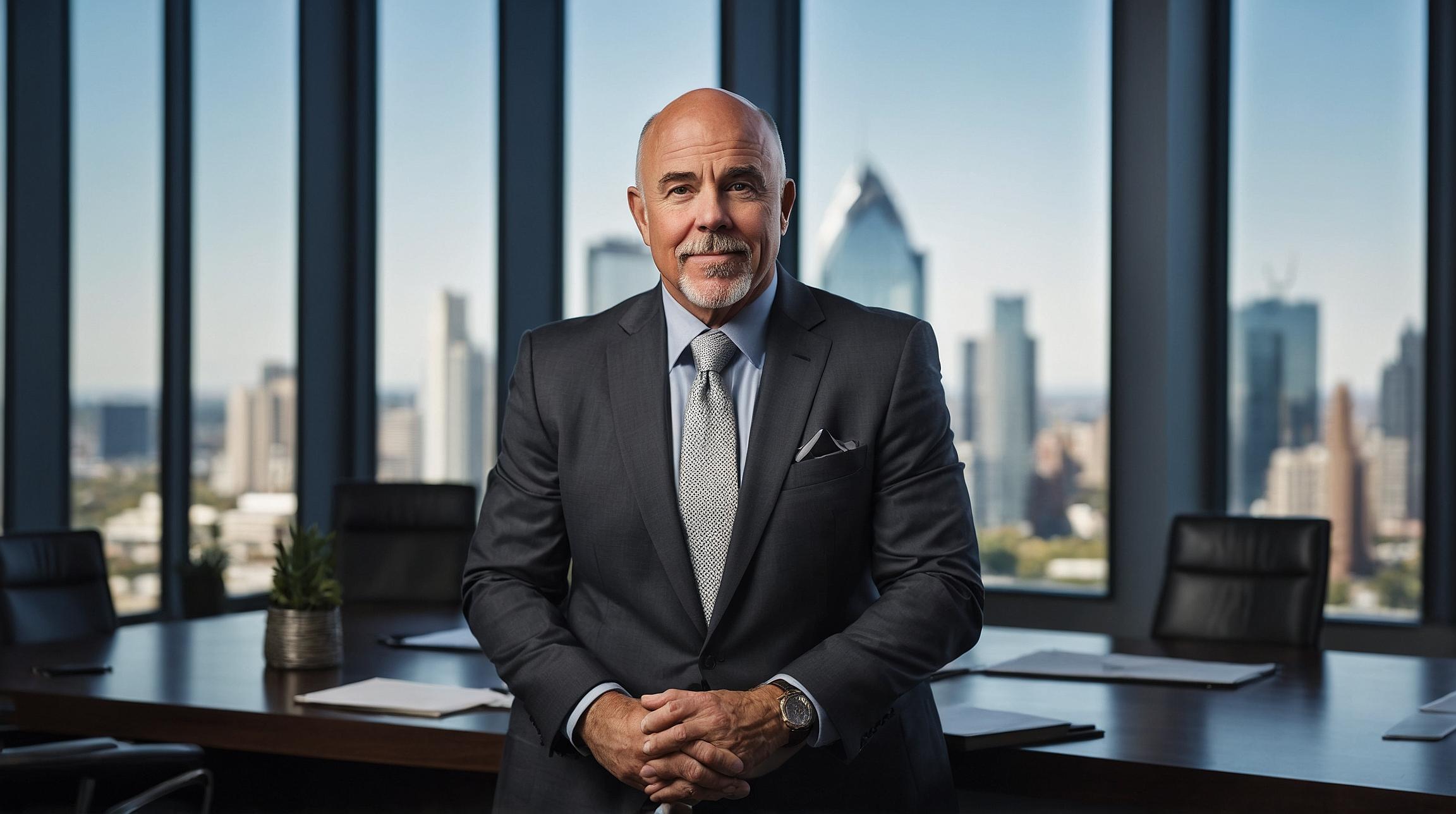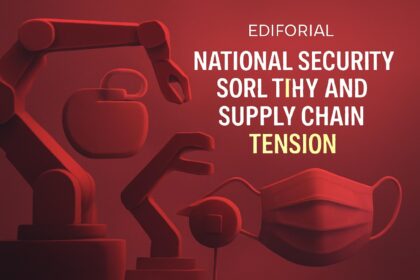Renting as a Strategic Financial Choice
Tori Dunlap, author and entrepreneur behind Her First $100k, credits her prolonged renting phase as a key factor in building her multimillion-dollar business. Despite having the financial capacity to purchase property early, she deliberately chose to rent, prioritizing flexibility and mobility over homeownership. At 22, Dunlap nearly bought a condo near Seattle but decided against it due to the impractical three-hour daily commute it would require. Her lifestyle at the time, characterized by extensive travel for work, was incompatible with the constraints of owning a home.
Lifestyle Priorities Over Property Ownership
By age 27, Dunlap had stored her belongings to travel the world for a year, an endeavor that would have been complicated by homeownership. She consistently found that managing the homebuying process conflicted with her business demands, stating, “I didn’t have the bandwidth. It just wasn’t the right time.”
The Shift to Homeownership
The turning point came in 2025 when the owner of her rental property decided to sell. Faced with the prospect of relocating again, Dunlap sought stability. Having been in a relationship for nearly three years and with her business flourishing, she felt ready to commit to homeownership.
“I was frankly sick of having somebody else decide where I was going to live every single year,” Dunlap said. “I want to be able to make a decision of when I leave, when I stay, and what I want my life to look like.”
This desire for control and permanence motivated her to purchase her first home in the summer of 2025.
A Thoughtful Financial Approach to Buying
Dunlap’s home purchase was driven more by emotional fit than purely financial metrics. She emphasized that a home should feel like a personal sanctuary rather than just an investment vehicle. “You don’t want money to be the thing that makes or breaks a decision for you,” she explained. “Don’t buy the house if you can’t see yourself there, if it doesn’t feel like someplace that actually feels like home.” Initially planning to pay cash, Dunlap adjusted her strategy when the desired property exceeded her budget. Opting for a mortgage, she put down about 60%, allowing her to preserve liquidity and manage unexpected expenses, such as plumbing repairs. “For the first time in five years, I’m now a multimillionaire with debt,” she remarked. “Debt can be used as leverage and as an asset, because I don’t want to tie up the cash I don’t have to tie up.”
Key Financial Lessons from Dunlap’s Experience
- Renting can provide flexibility essential for early career growth and lifestyle choices.
- Homeownership timing should align with personal and professional stability.
- Emotional connection to a home is as important as financial considerations.
- Strategic use of mortgage debt can optimize cash flow and investment leverage.
- Maintaining cash reserves is critical to handle unforeseen home maintenance costs.
FinOracleAI — Market View
Tori Dunlap’s journey underscores a growing trend among affluent millennials who prioritize liquidity and lifestyle flexibility before committing to homeownership. This approach challenges traditional assumptions that early property purchase is always the optimal financial move.
- Opportunities: Increased demand for flexible rental markets and short-term housing solutions.
- Risks: Potential challenges for real estate markets relying on early first-time buyers.
- Growing awareness of strategic debt use may influence mortgage product development.
- Personal finance narratives emphasizing emotional and lifestyle factors could reshape buyer education.
Impact: Dunlap’s example highlights a nuanced financial strategy that balances personal goals with market realities, signaling a shift in homeownership patterns among successful entrepreneurs and professionals.













